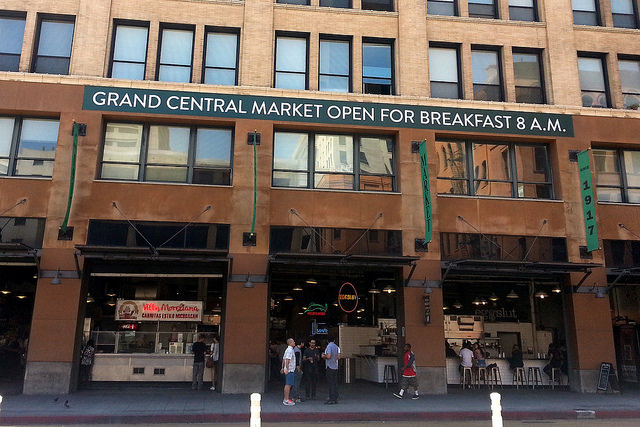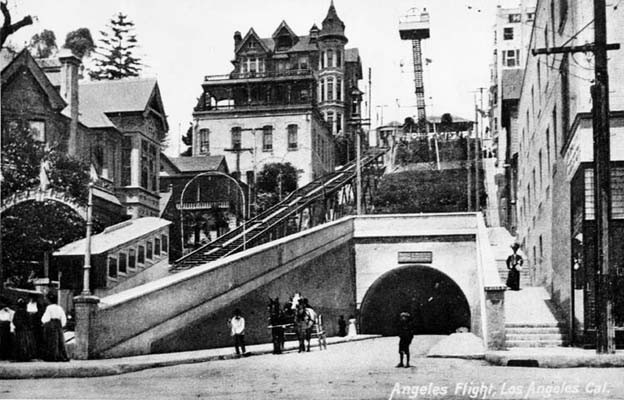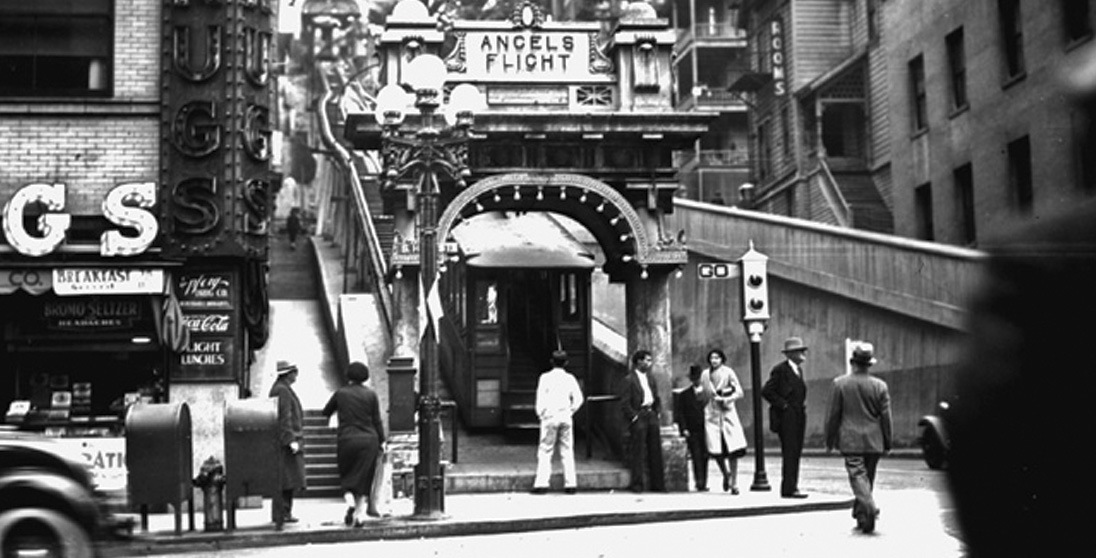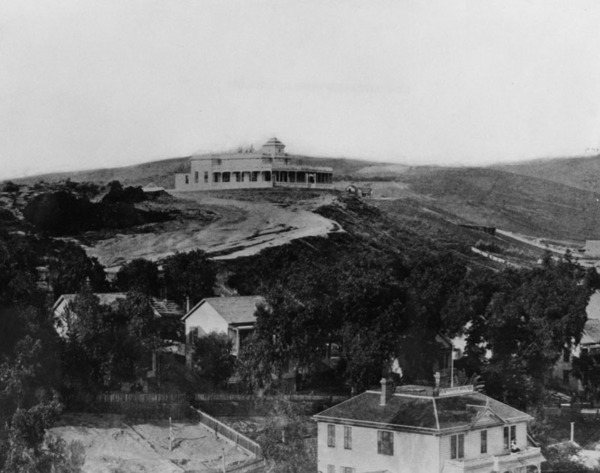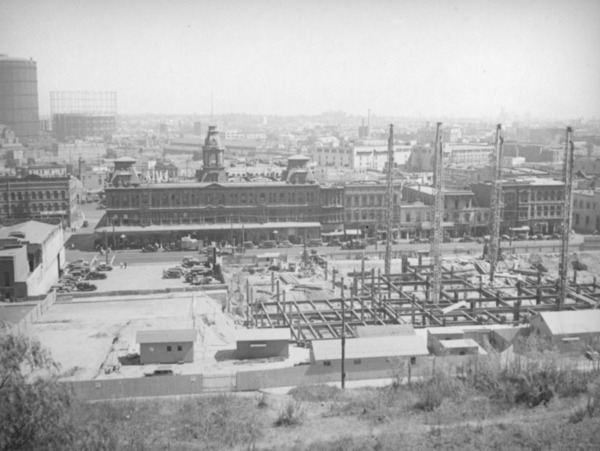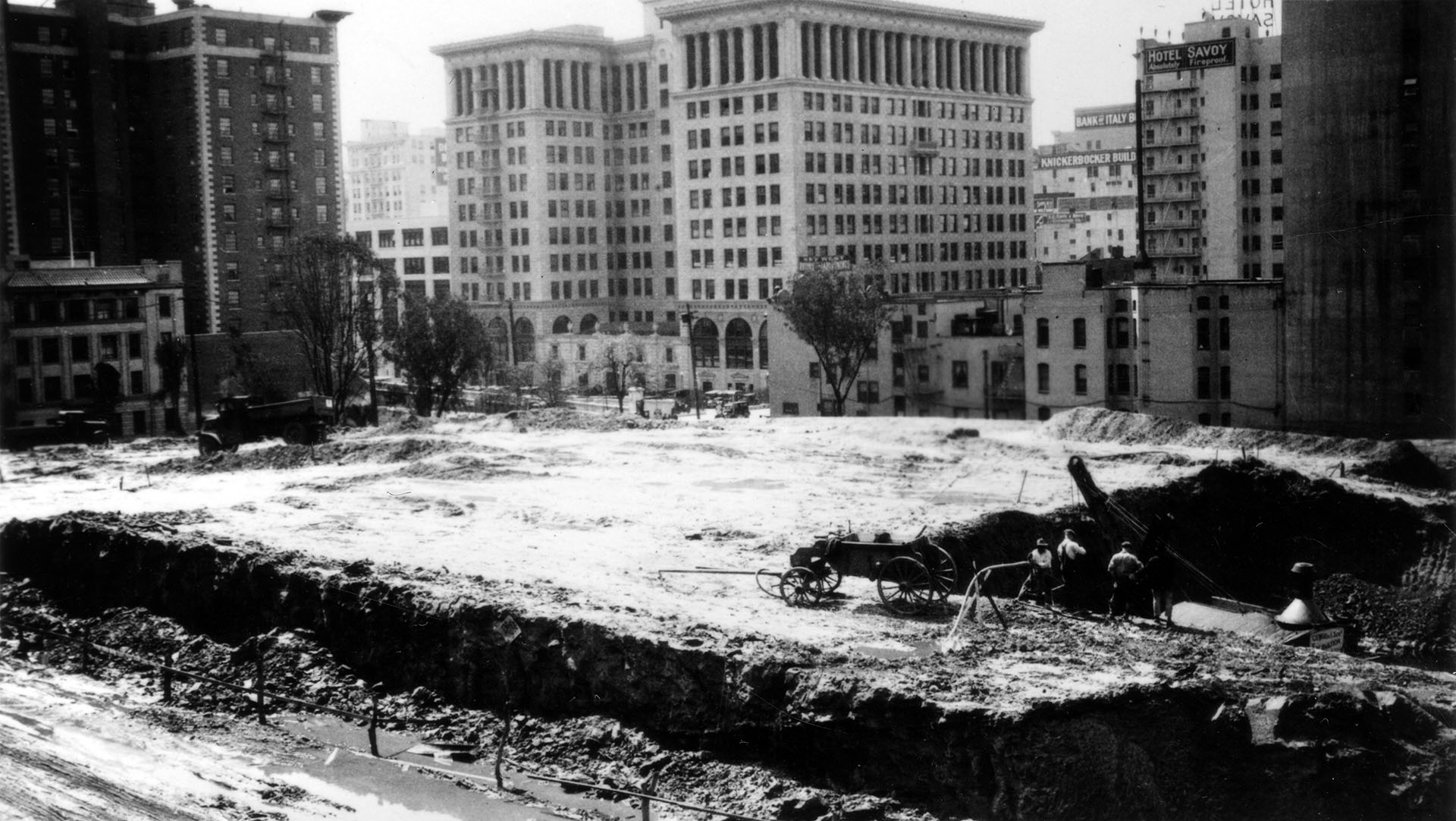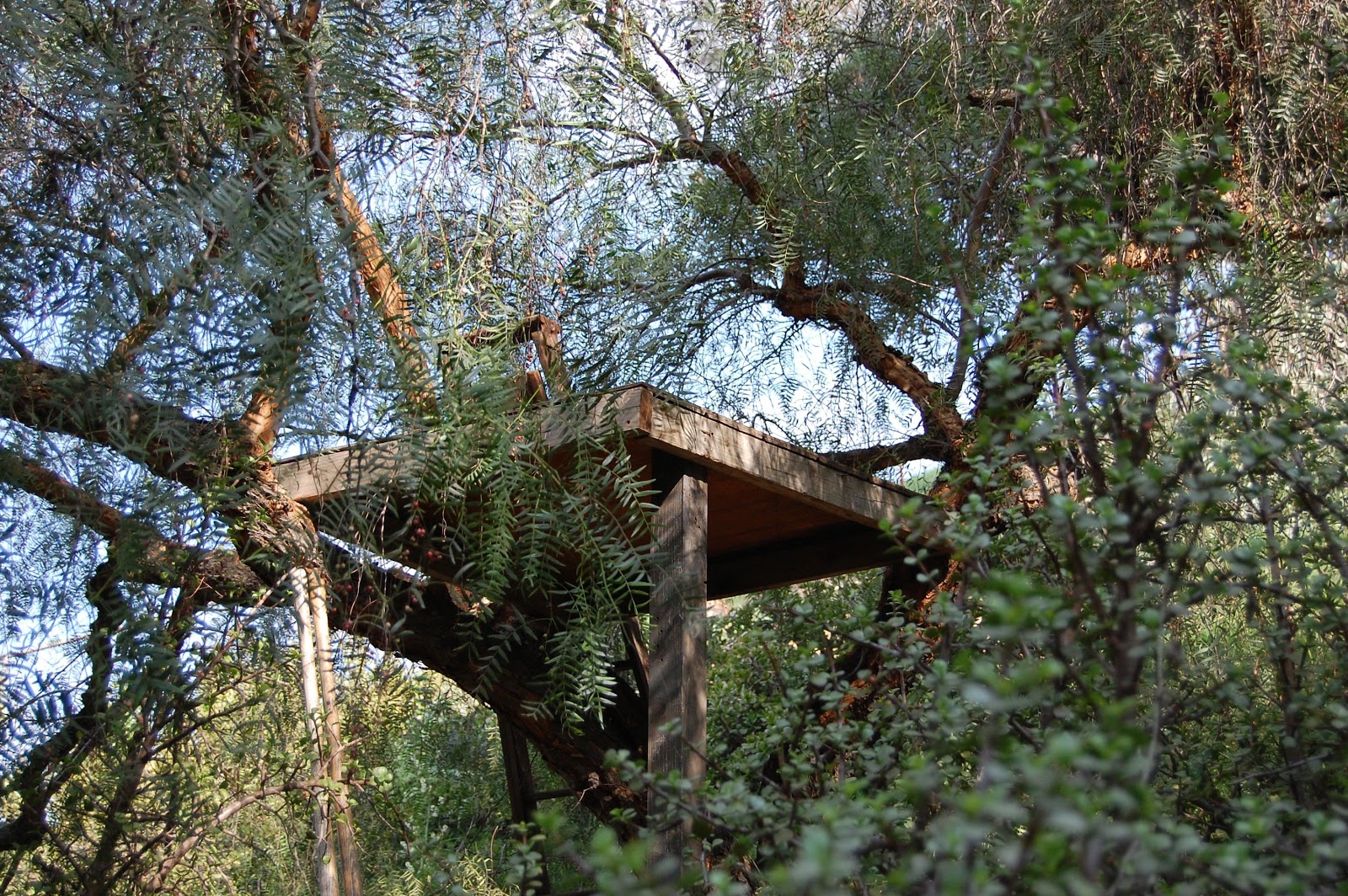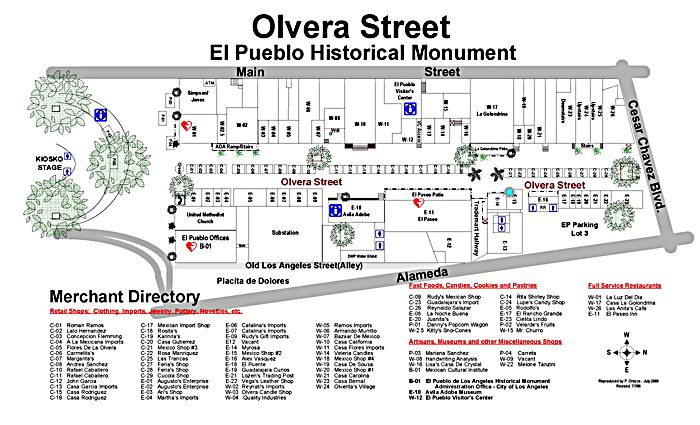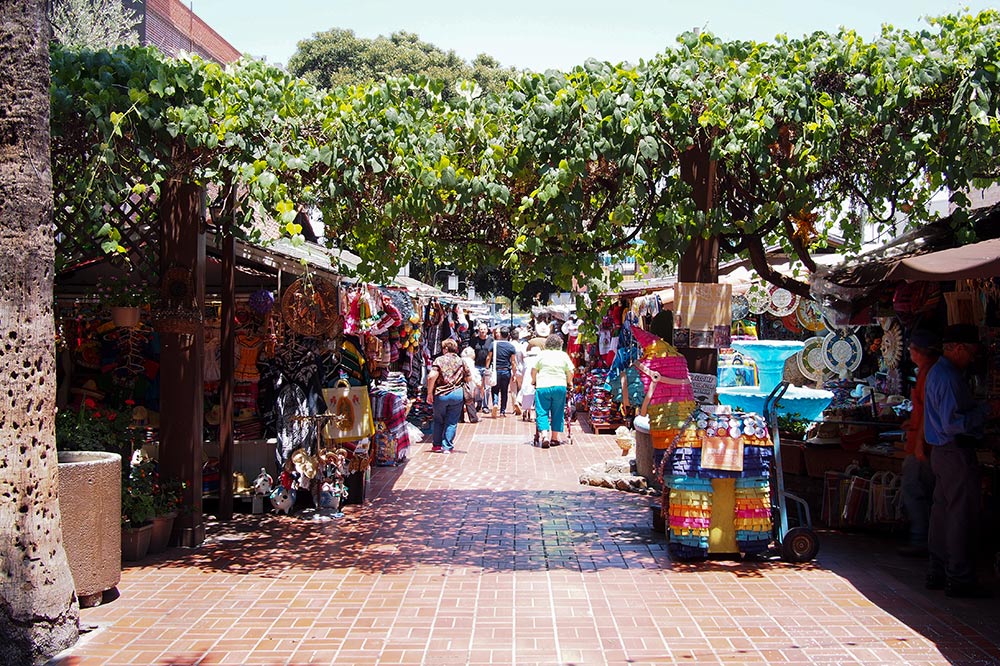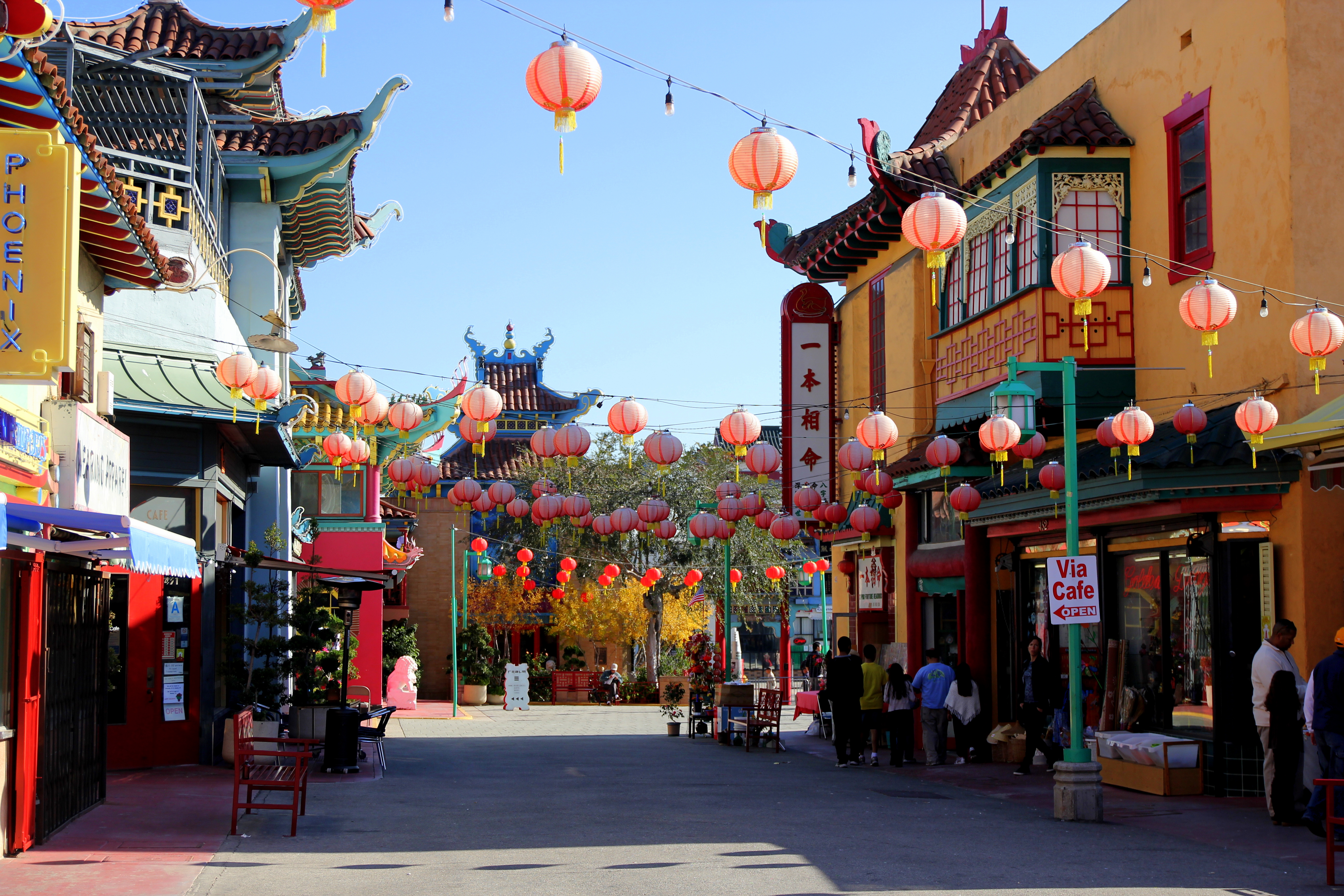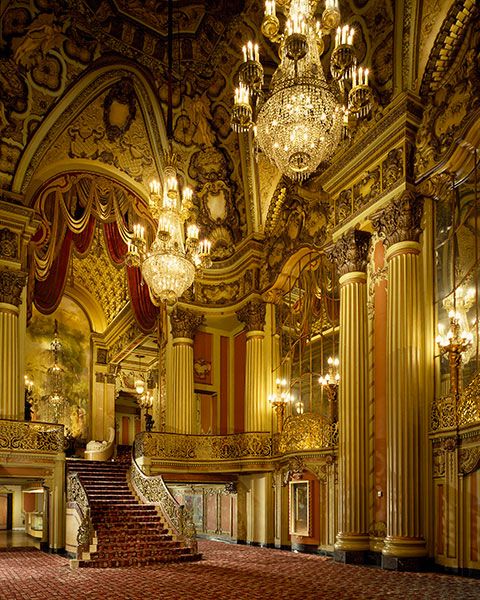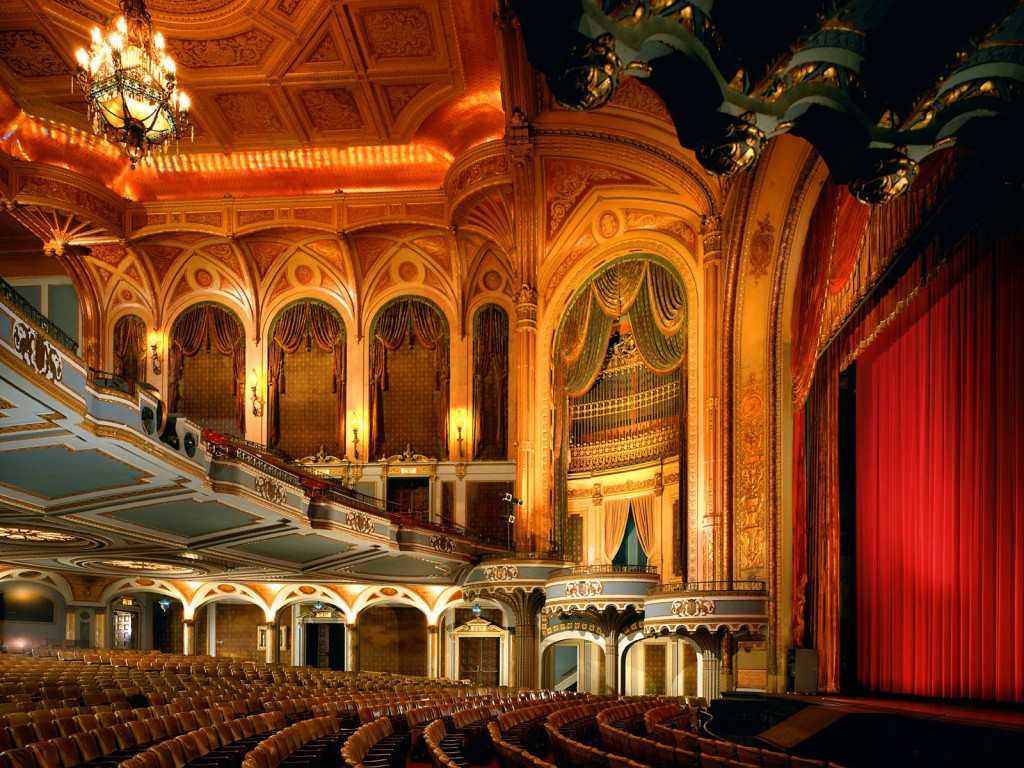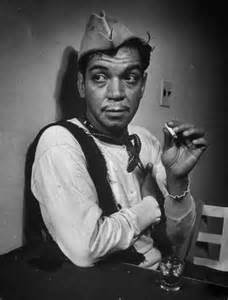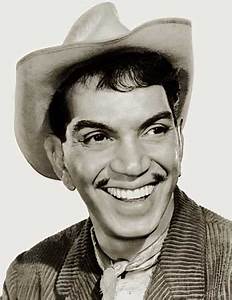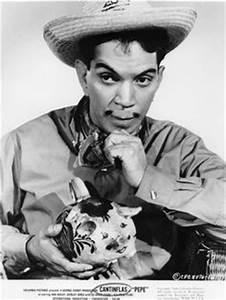|
The house itself was large.
There was even a time period when one of the rooms was rented out
to a young couple. The room
they rented was what I think was called at that time, the sitting room.
The doors were different, large, they slid from side to side.
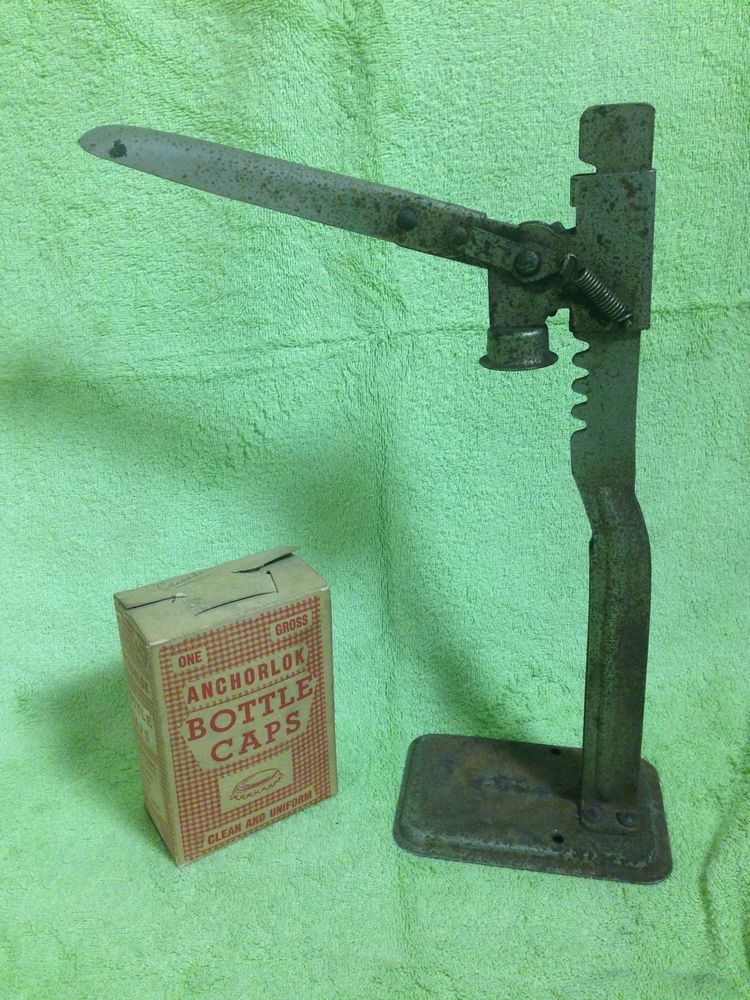
The front of the house had cement steps leading up to the porch, it was
level to the street. The
back of the house had wooden stairs going down to the yard.
A side door opened to a large cellar. The cellar was the
foundation of part of the house, with cemented walls, but the room was
not totally closed in. You could see the earth under much of the
house.
The cellar was used. Dad made and bottled beer in the
cellar. I remember the smell
of the fumes coming up through the cracks in the floor.
I remember too dad putting the caps on the bottles, sealing the
beer with a gadget that crimped the flat caps into a sealing cap. It
looked like magic to me.
* Prohibition was a period of nearly 14 years of U.S. history (1920
to 1933) the manufacture, sale, and transportation of intoxicating
liquor was illegal. |
|
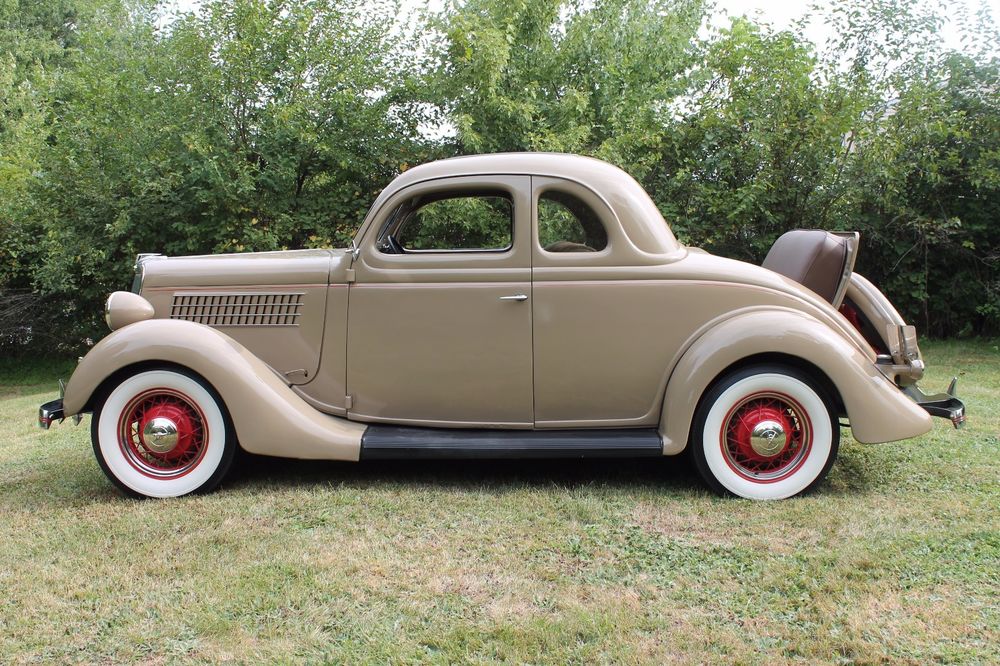
This was the time of the car rumble seat.
Dad drove a coupe, with a bumper seat,
and Sunday we took Sunday drives. My
sister Tania and I in the rumble seat.
So much fun, the wind, and waving
to other cars.
Dad was a tailor and had a dry
cleaning store. It was 1938 and the depression was just about over.
Even to a child things seemed very peaceful.
We seem to be five or 10 minutes away from everything:
We shopped at Grand Central market. Took Angels flight to get
home. Sometimes when we were downtown during
lunch we would eat at the Clifton
Cafeteria, on Broadway.
Clifton's Cafeteria, once part of a
chain eight Clifton's restaurants, is the oldest surviving cafeteria style
eatery in Los Angeles. and the largest public cafeteria in the
world. Founded in 1931 by Clifford Clinton, the name was created
by combining "Clifford" and "Clinton" to produce
"Clifton's". Besides the wide selection of food,
what I remembered most, was the outdoor, forest atmosphere and a bubbly
little stream of water, circulating, running all around the walls.
It was magical.
On many occasions we visited Olvera
Street. Two of my Tias, Estella and Dora were entertainers,
dancers there.
Of all our visits to Olvera Street, one incident stands out in my
mind. It was actually my father entertaining us. We stopped
to watch a marimba player. Fascinated with his skill we stood
watching until he stopped to take a break. When the musician
walked away, my dad stepped forward, picked up the marimba mallets, and
started playing, and played it beautifully.
He did not look like an amateur. He played like a
professional. I was surprised, shocked, stunned, and
awed. I had never seen my Dad play the marimba, and there he was,
as natural as could be.
Dad plays the piano by ear. I could sing a song to him and he would play
it. I knew he also played the guitar and the ukulele. Mom
said all self-taught, but here he was playing the marimba
without a marimba
to practice on. How did he do it? One of his many talents
[On the left, the street portion
named Cesar Chavez, was a section of Sunset Boulevard.] |
